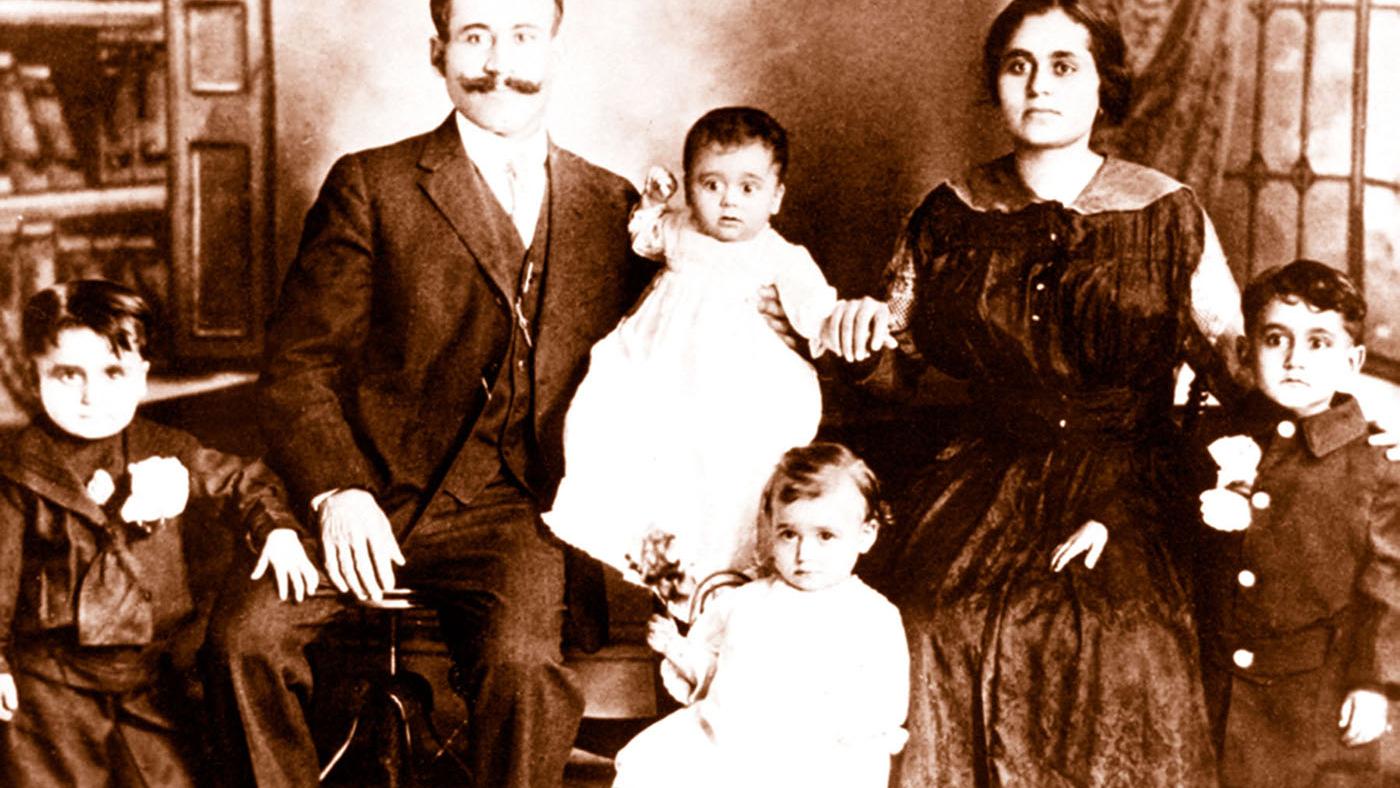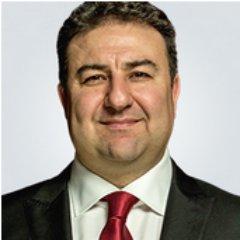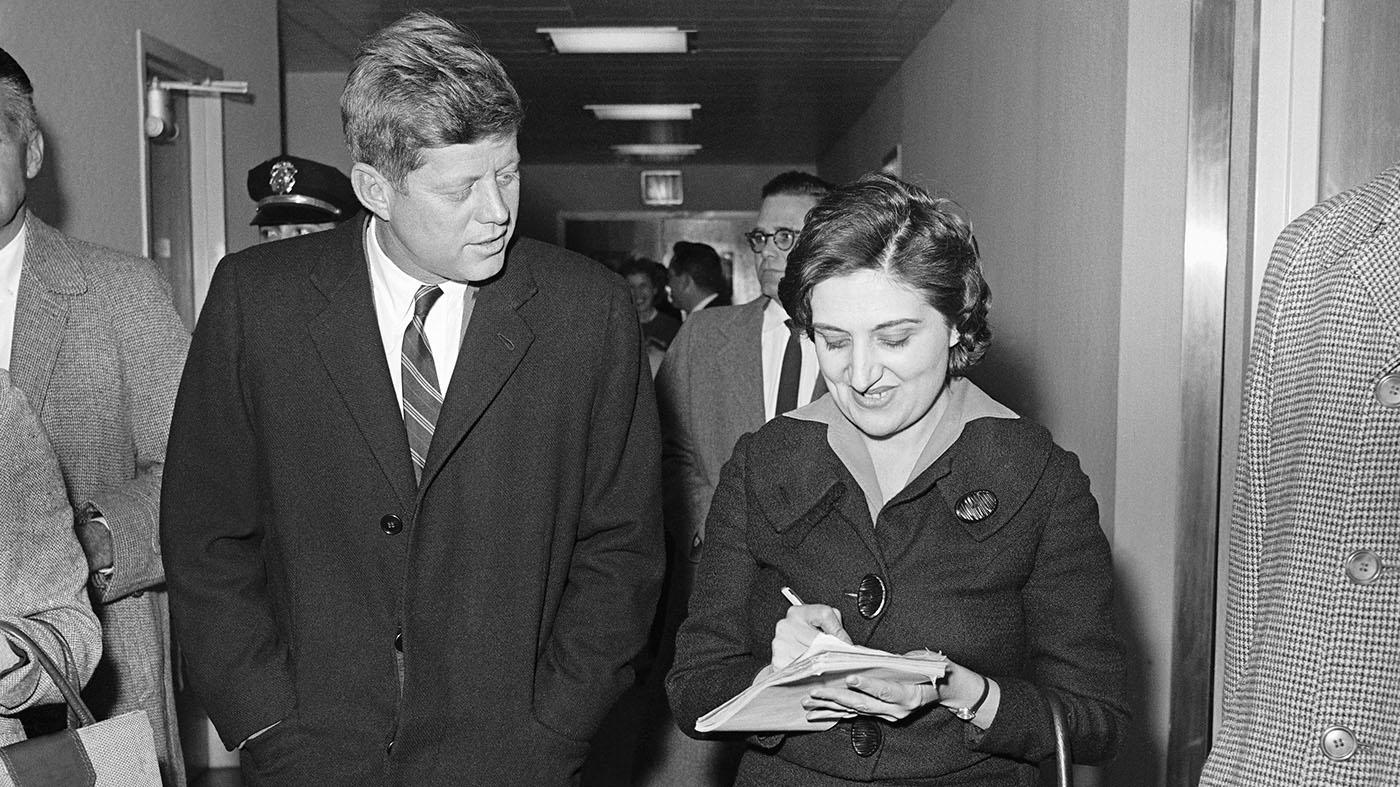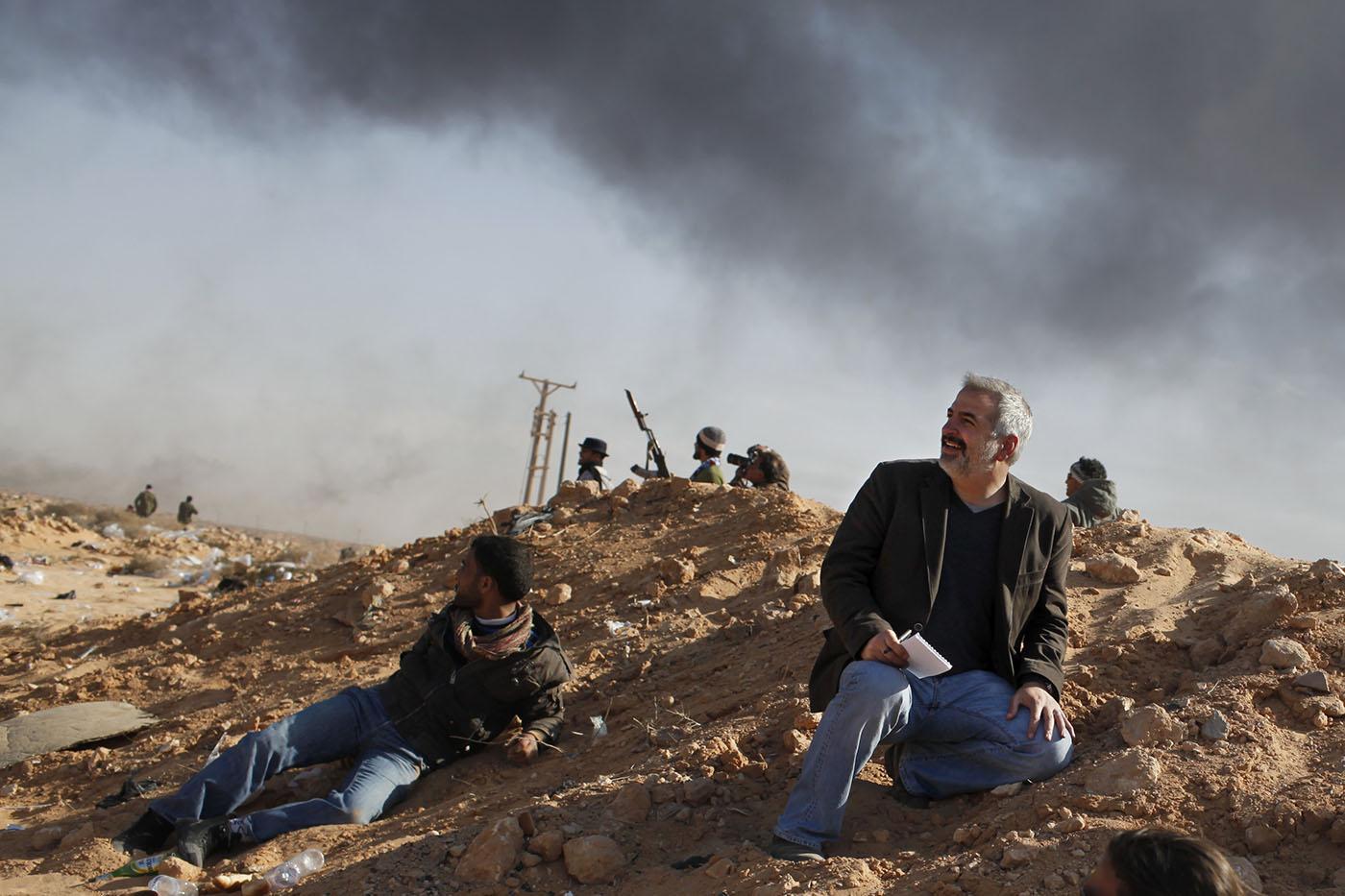'The Arab Americans'
Daniel Hautzinger
August 3, 2017

The Arab Americans airs Thursday, August 3, at 8:00 pm.
Abe Kasbo immigrated to the United States from Syria in 1980, when he was ten years old. The previous year, he had been hit in the knee by a bullet during an uprising in Aleppo. His family settled in Paterson, New Jersey, which had hosted a large Syrian and Lebanese community since the late nineteenth century, when Middle Eastern immigrants helped to make it a center of silk production. As he entered American life, Kasbo found that many Americans had a limited knowledge of the Arab world. Even members of the Arab American community lacked an awareness of their own history in the United States.
 Abe Kasbo“But the fact of the matter is that Arab Americans are deeply rooted here,” Kasbo says. “They’re integrated into American society, and they have been for 150 years, just like the Italians or Irish or Mexicans or whoever. We all came from somewhere else, unless you’re Native American.” In fact, his own American hometown of Paterson is emblematic of the immigrant composition of America: before it became a Syrian and Lebanese center, it had large populations of Italian and Irish immigrants, according to Kasbo. And now it’s more Palestinian and Jordanian than Syrian and Lebanese.
Abe Kasbo“But the fact of the matter is that Arab Americans are deeply rooted here,” Kasbo says. “They’re integrated into American society, and they have been for 150 years, just like the Italians or Irish or Mexicans or whoever. We all came from somewhere else, unless you’re Native American.” In fact, his own American hometown of Paterson is emblematic of the immigrant composition of America: before it became a Syrian and Lebanese center, it had large populations of Italian and Irish immigrants, according to Kasbo. And now it’s more Palestinian and Jordanian than Syrian and Lebanese.
Despite their integration into American culture, however, after 9/11, Arab Americans suddenly found themselves the object of suspicion and hostility for no reason other than their heritage. In response to this prejudicial environment, Kasbo decided that, “It was time to present a historical perspective of Arab Americans.” He founded a production company and in late 2015 completed A Thousand and One Journeys: The Arab Americans, which will air nationally on PBS as The Arab Americans.
 Arab American Journalist Helen Thomas with John F. Kennedy“One unfortunate consequence of 9/11 is that there was an immediate backlash on not just the Arab American community, whether they were Christian or Muslim, but also the Sikh community,” Kasbo says. “I would go to restaurants owned by Christian Arabs in New Jersey, and they would have the American flag everywhere. They were obviously showing support, but they were also trying to convey that ‘We belong here.’ That was partially out of a fear of retribution. It’s saddening, but that’s the reality for people living post-9/11. Fast-forward to today, and the political rhetoric has really taken this to a new height at a national level.”
Arab American Journalist Helen Thomas with John F. Kennedy“One unfortunate consequence of 9/11 is that there was an immediate backlash on not just the Arab American community, whether they were Christian or Muslim, but also the Sikh community,” Kasbo says. “I would go to restaurants owned by Christian Arabs in New Jersey, and they would have the American flag everywhere. They were obviously showing support, but they were also trying to convey that ‘We belong here.’ That was partially out of a fear of retribution. It’s saddening, but that’s the reality for people living post-9/11. Fast-forward to today, and the political rhetoric has really taken this to a new height at a national level.”
Kasbo believes that xenophobic animosity exists in part “because people don’t take the time to get to know other people.” That’s why he became determined to make The Arab Americans. “The intent for this film is to introduce the Arab American community to our neighbors, to our fellow citizens,” he explains.
 Arab American Journalist Anthony Shadid in the fieldThe documentary traces the history of Arabs in America, beginning with the earliest immigrants of the mid- to late nineteenth century. Many of these Syrian and Lebanese Christians made their careers in the textile business or as peddlers. (You can see an example of this on Broadway: the musical Oklahoma!, set in 1906, features a Persian peddler who travels between cities on the Midwestern plains.) It then follows both the ensuing generations and newcomers as they integrate into American society over the next 150 or so years.
Arab American Journalist Anthony Shadid in the fieldThe documentary traces the history of Arabs in America, beginning with the earliest immigrants of the mid- to late nineteenth century. Many of these Syrian and Lebanese Christians made their careers in the textile business or as peddlers. (You can see an example of this on Broadway: the musical Oklahoma!, set in 1906, features a Persian peddler who travels between cities on the Midwestern plains.) It then follows both the ensuing generations and newcomers as they integrate into American society over the next 150 or so years.
Luminaries such as Ralph Nader, actor Jamie Farr, General John Abizaid, comedian Maysoon Zahid, and journalists Anthony Shadid and Helen Thomas share their family stories and the values instilled in them by their parent’s culture, which many feel helped them succeed. As Kasbo points out, “The reality is that Arab Americans continue to contribute at the highest level in every field despite unfortunate backlash against them in the wake of political events.”







